Product Introduction of Marine Pneumatic Rubber Fender     Marine Pneumatic Rubber Fender also called pneumatic fender, rubber fender, yokohama fender,made by rubber & multi layer of rubber-dipped tyre fabric, is a leading anti-collision device for marine application in the world today.  Marine fenders have become an ideal ship protection medium against collision among ship-to-ship (STS), ship to quay (STQ) and ship-to-berthing (STB), they are widely used for large tankers, vessels, docks, harbor wharfs and ocean platforms. 1.What is floating pneumatic boat fender with tire chain ? ocean guard marine fender Fender which is made of synthetic-cord-reinforced rubber sheet with compressed air inside to enable it to float on the water and work as a shock absorber between two ships or between ships and berthing structures when they come alongside each other on the water. Note:The fenders sometimes be colloquially  referred to as "Yokohama fenders" or "yokohama type fenders".These are examples of suitable products available commercially. There is a picture to show how Pneumatic rubber marine fender working----- 2.Product Structure-  pneumatic boat fender with tire chain   yokohama fender price The raw material of the Pneumatic rubber marine fender is natrual rubber +synthetic-tyre-cord fabric Application of Marine Pneumatic Rubber Fender            --Oil and gas tankers   --Fast ferries and aluminium vessels   --Temporary and permanent installations  -- Rapid response and emergencies  Features of Marine Pneumatic Rubber Fender               1.Can support large panels 2.Very low reaction and hull pressure 3.Suitable for small and large tidal ranges 4.Maintains large clearances between hull and structure 1)Outer rubber layer Rubber layer that covers the outside of the fender to protect the cord layers and the inner liner rubber from abrasion and other external forces.  2)Inner rubber layer liner of a rubber membrane that seals the pressurized air inside the fender.(In general,we will make some inner rubber container in advance and inflate them.few days later,we will test the pressure again.The one which it's pressure did not change is good one.We will put it into store and when clients order we can use it directly.This can ensure every fender we send to client is airtight one) 3)Synthetic-tyre-cord layer for reinforcement layer yokohama fender price layer made of synthetic-tyre-cord fabric which maintains the internal air pressure of the fender. 4)Flange opening yokohama fender price which is mounted on the fender to which an air valve can be adapted.(our flange are all Embedded welding, very stable) 5)Initial internal pressure  yokohama fender price Air pressure at which an uncompressed fender operates. yokohama pneumatic fender 2.There are two types Pneumatic rubber marine fender  : yokohama fender price 1)Sling-type fender:fender which is designed to be used without a protection net. 2)Net-type fender:fender which is covered by a protection net consisting of chain and with tyres or rubber sleeves. yokohama pneumatic fender why choose us? 1. Advanced production equipment and experienced manufacturing teams 2. Completed in-house test equipment and strict quality control system 3. Reliable product quality and competitive price 4. Complete customer service and perfect after-sale service Sheet Metal Fabrication Service Processing steps For Sheet Metal Parts - Custom Sheet Metal Fabrication Service Company
10. Assembly. The so-called assembly is to group multiple parts or components together in a certain way to make them into a complete material. One thing that needs to be paid attention to is the protection of the materials, and no scratches. Assembly is the last step in the completion of a material. If the material cannot be used due to scratches, it needs to be reworked and reworked, which will waste a lot of processing man-hours and increase The cost of the item. So pay special attention to the protection of the item.
Sheet Metal Fabrication Service,Galvanized Sheet Fabrication Service,Custom Machining Service ,Cnc Stainless Steel Machining Ningbo Rongna Technology Co.,Ltd , https://www.service-machining.com
 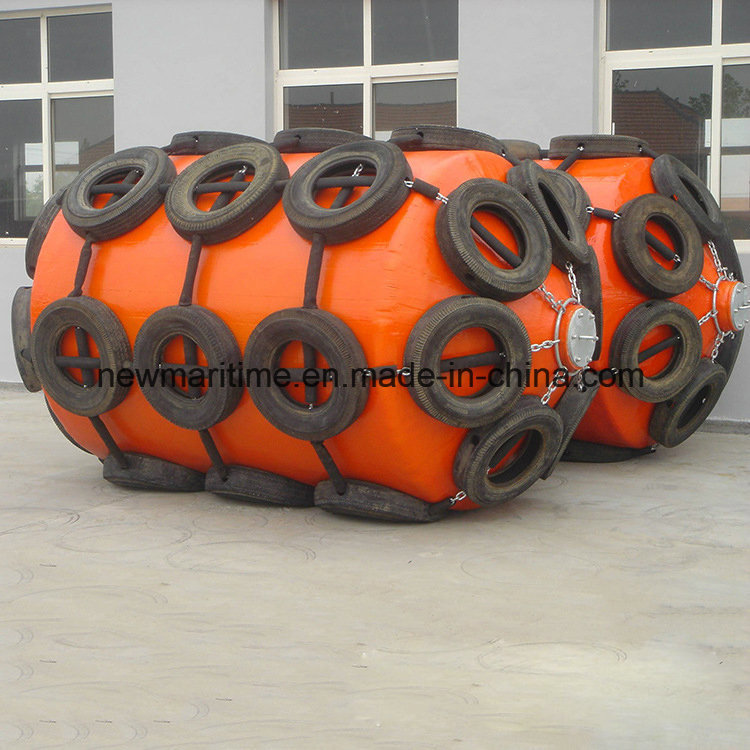
Specification: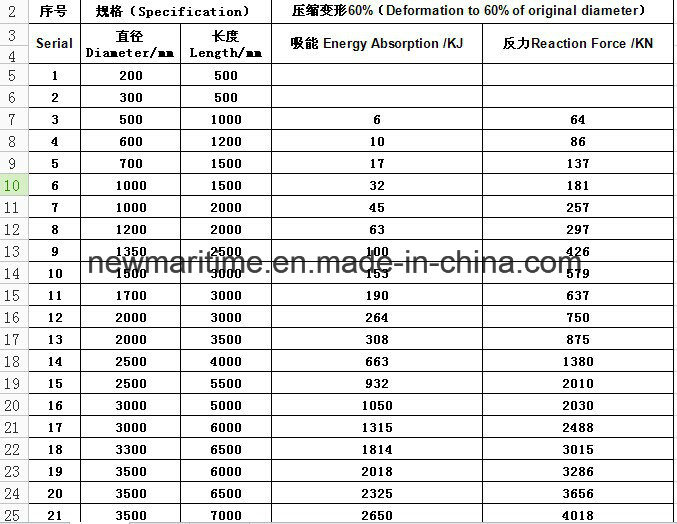

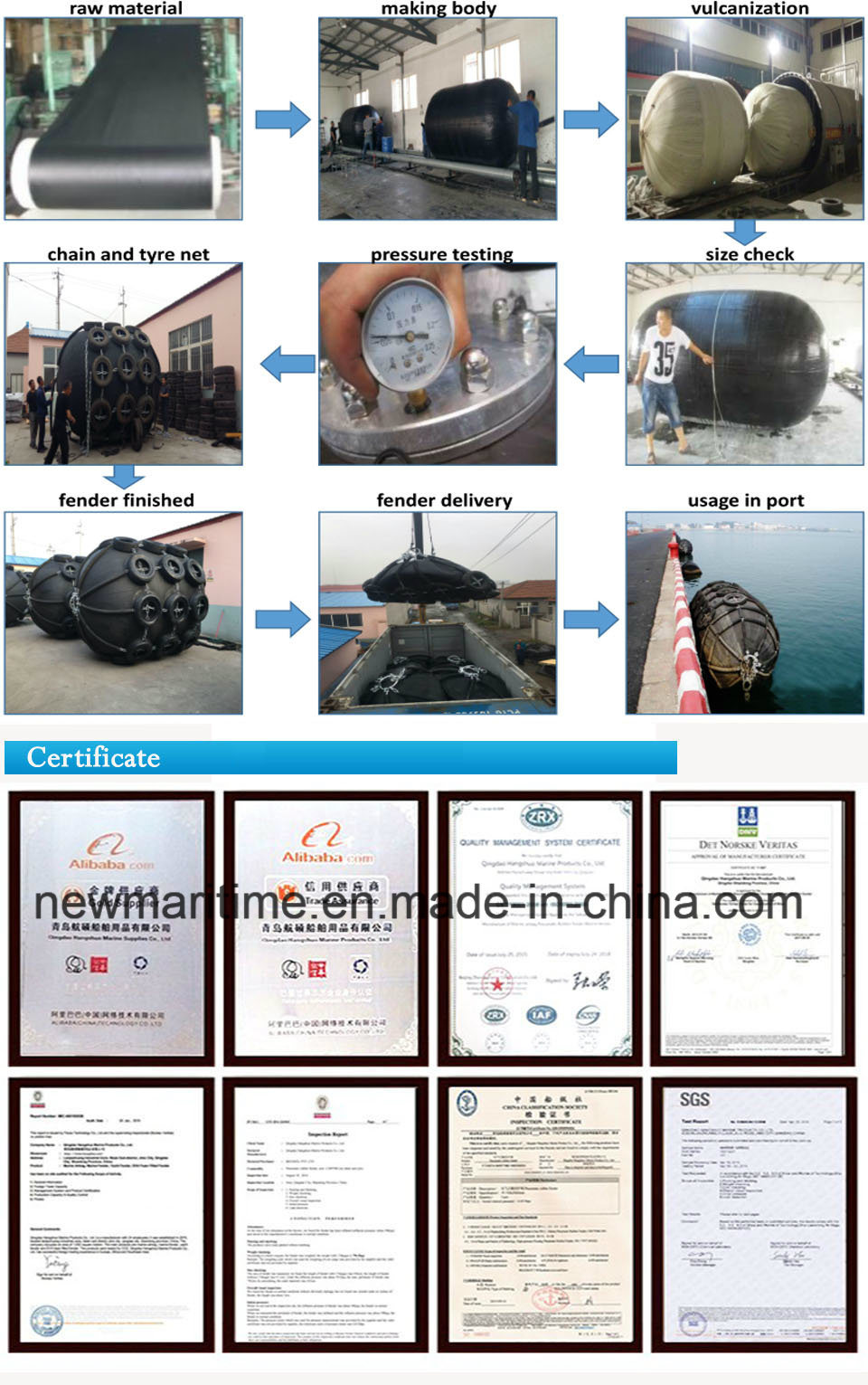
Â
Contact us to know more!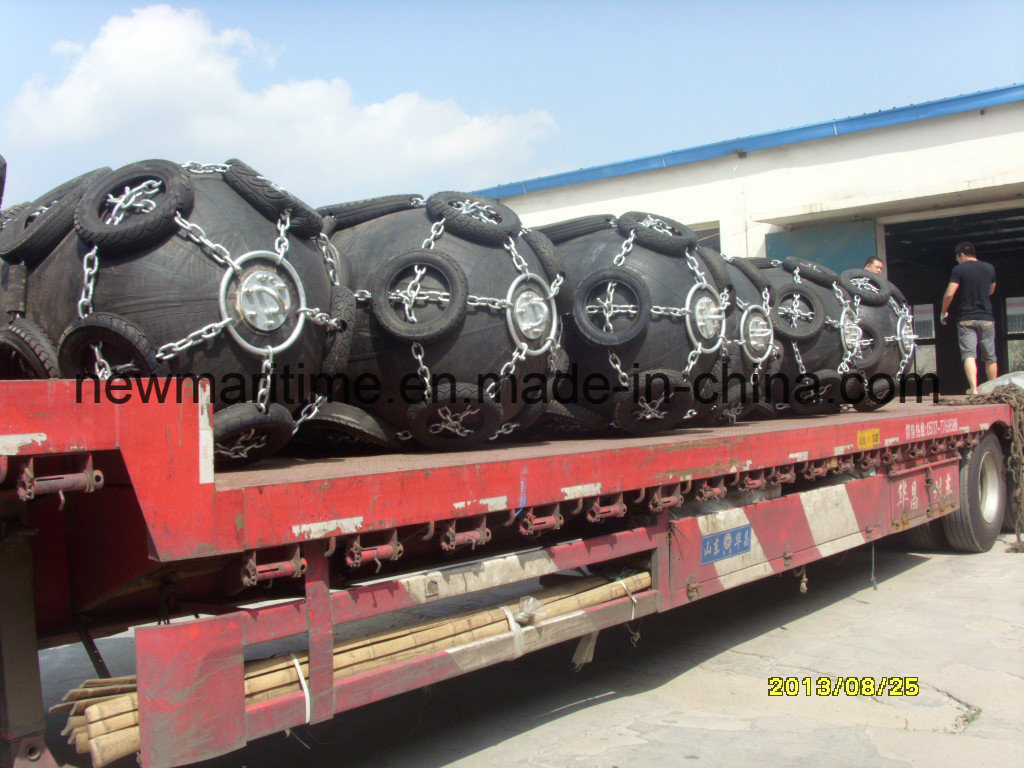
Â
1. Design and draw the part drawing of its sheet metal parts, also known as three views. Its function is to express the structure of its sheet metal parts by means of drawings.
2. Draw an unfolded drawing. That is, unfold a part with a complicated structure into a flat piece.
3. Unloading. There are many ways to unload, mainly the following methods:
a. Shearing machine cuts the material. It uses the shearing machine to cut out the length and width dimensions of the expanded drawing. If there are punching and corner cutting, then the punching machine is combined with the die to punch and corner to form.
b. Punch blanking. It is the use of a punch to punch the structure of the flat part after the parts are unfolded on the plate in one or more steps. Its advantages are short labor hours, high efficiency, and can reduce processing costs. It is often used in mass production.
c. NC CNC blanking. When NC blanking, you must first write a Cnc Machining program. That is, use the programming software to write the drawn expanded diagram into a program that can be recognized by the NC CNC machining machine. Let it follow these programs step by step on a piece of iron plate On the top,punch out the structural shape of its flat parts.
d. Laser cutting is the use of laser cutting to cut the structure and shape of the flat piece on an iron plate.
4. Flanging and tapping. Flanging is also called hole extraction, which is to draw a slightly larger hole on a smaller base hole, and then tap the hole. This can increase its strength and avoid slippage. Generally used for sheet metal processing with relatively thin plate thickness. When the plate thickness is large, such as the plate thickness of 2.0, 2.5, etc., we can tap directly without flanging.
5. Punch processing. Generally, punch processing includes punching and cutting corners, punching blanking, punching convex hull, punching and tearing, punching and other processing methods to achieve processing purposes. Its processing requires corresponding molds to complete the operation. There are convex molds for punching convex hulls, and tearing forming molds for punching and tearing.
6. Pressure riveting. As far as our factory is concerned, pressure riveting studs, pressure riveting nuts, pressure riveting screws, etc. are often used. The pressure riveting method is generally completed by a punch or hydraulic pressure riveting machine. Riveted to the sheet metal part.
7. Bending. Bending is to fold 2D flat parts into 3D parts. Its processing requires a folding bed and corresponding bending molds to complete the operation. It also has a certain bending sequence, and the principle is to make the next cut The first fold that does not cause interference will produce the interference back fold.
8. Welding. Welding is the group welding of multiple parts together to achieve the purpose of processing or the edge welding of a single part to increase its strength. The processing parties generally include the following: CO2 gas shielded welding, argon arc welding, Spot welding, robot welding, etc. The selection of these welding methods is based on actual requirements and materials. Generally speaking, CO2 gas shielded welding is used for iron plate welding; argon arc welding is used for aluminum plate welding; robot welding is mainly in-material It is used when the parts are large and the welding seam is long. Such as cabinet welding, robot welding can be used, which can save a lot of tasks and improve work efficiency and welding quality.
9. Surface treatment. Surface treatment generally includes phosphating film, electroplating colorful zinc, chromate, baking varnish, oxidation, etc. Phosphating film is generally used for cold-rolled plates and electrolytic plates, and its function is mainly to plate on the surface of the material. A protective film is applied to prevent oxidation; the second is to enhance the adhesion of its baking paint. Electroplated multicolored zinc is generally treated with cold-rolled plate surface treatment; chromate and oxidation are generally used for surface treatment of aluminum plates and aluminum profiles; its specific surface The choice of treatment method is based on the customer's requirements.
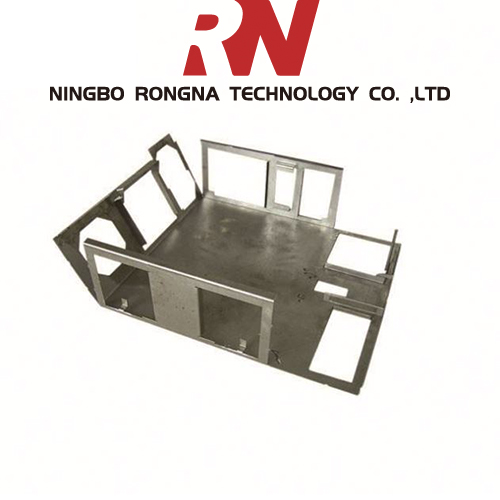
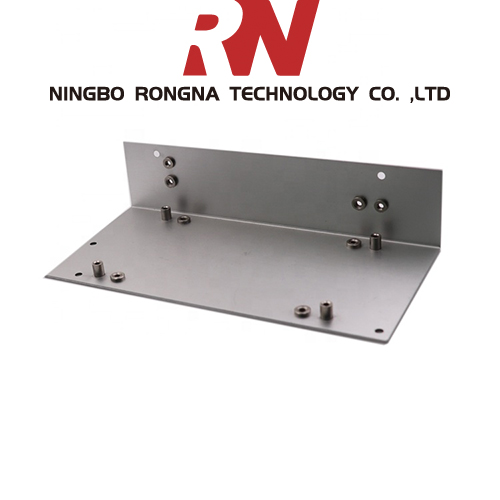
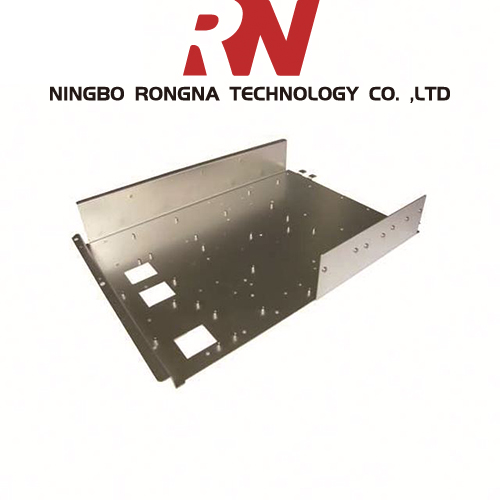
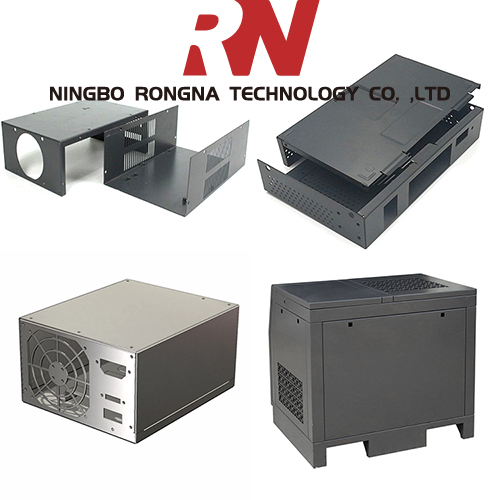
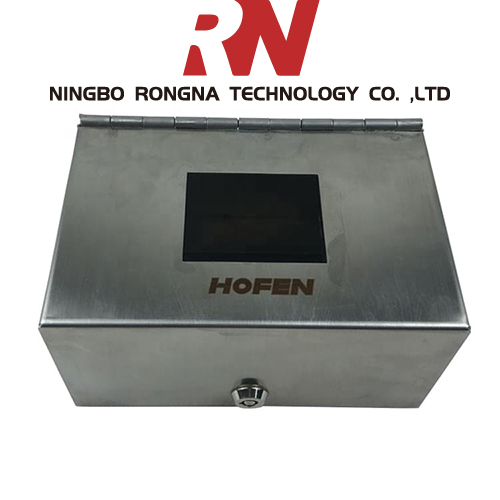
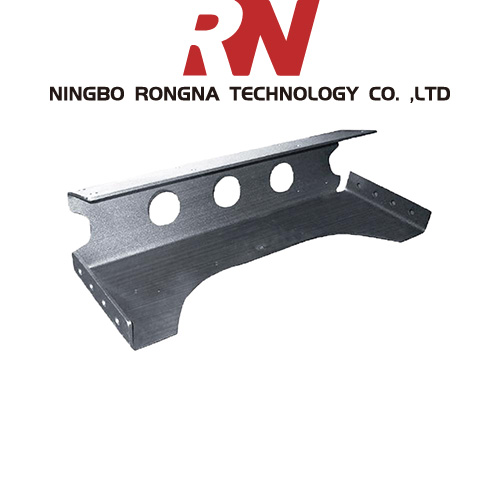
Model NO.: 17
Usage: Yokohama Rubber Fender
Long: 1m-9m
Packaging: Pallet/Box
Padding: Air
Diameter(M): Optional 0.5~4.5m
Part: Chain and Tyre Net
Initial Internal Pressure: 0.05MPa ,0.08MPa
Certificate: CCS / SGS / BV / ISO etc
Trademark: new maritime
Transport Package: Plastic Film with Iron Tray
Specification: customized
Origin: China
HS Code: 4016950000
All kinds of Marine Rubber Fender For boat